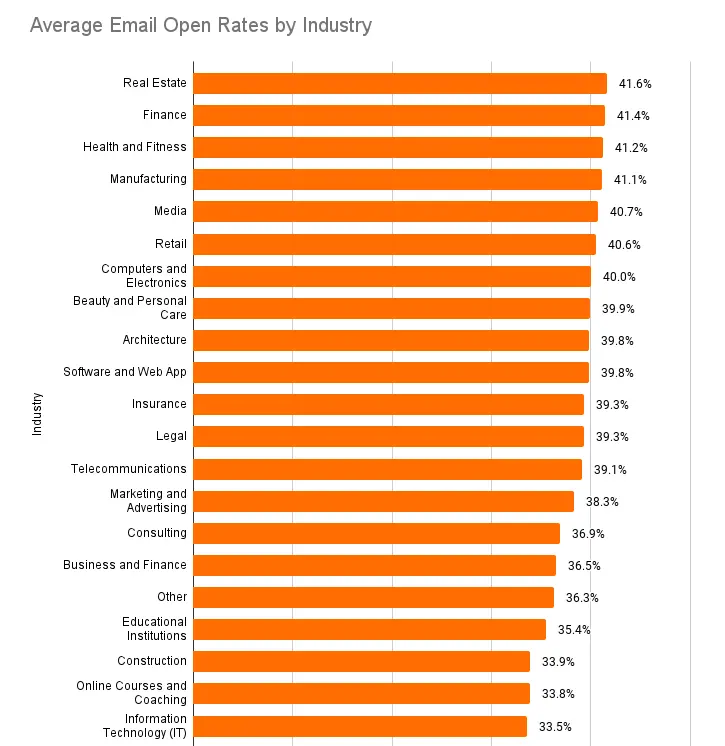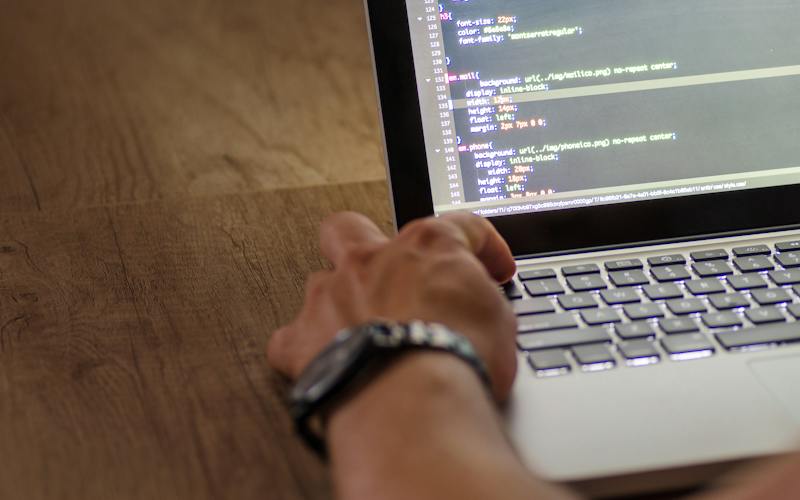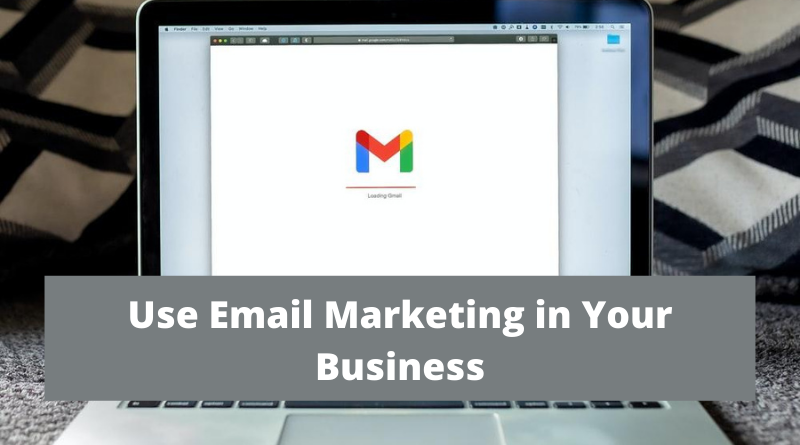Email newsletters are at the heart of every internet-successful brand- it’s where their customers, brand advocates, subscribers, and social media followers assimilate. It is quite natural since email marketing returns a whopping 4000% ROI and has been at the top of the table despite the advent of technological innovations for the last couple of decades.
Among many important factors impacting a successful email newsletter, your send time plays a crucial part in driving engagement rates. In fact, it could be the single biggest reason behind your newsletter’s failure if you don’t time it right. What’s the point of curating the most awesome content in beautiful MailChimp or Klaviyo HTML email templates if your email lands at the wrong time and gets buried below tons of other emails? To be specific, an average person receives 121 business emails every day, and today, we will help you time your emails right to win engagement and conversions.
Let’s begin:
Does The Send Time Even Matter
The average open rate in North America stands at 31.02%, while it is 30.69% and 37.93% in Europe and Oceania, respectively, according to GetResponse. For industry-wise open rate benchmarks, refer to the below infographic:

(Credits)
While a lot depends on your subject line when it comes to making subscribers open your email, sometimes, the best subject lines wouldn’t simply do the job. As stated earlier, inboxes are constantly bombarded by emails, and you need to be the right sender at the right time so that everything else that you do right yields good results.
Timing your email right helps you make probability work in your favor. Landing inboxes at the right time increases your open rate, which in turn increases the chances of a click-through and, subsequently, conversion. Speaking number-wise, a percentage of readers end up opening your email, out of which a very small number of readers end up clicking the CTA button. Hence, getting the first metric, i.e., open rate right, will help you improve your odds of getting better results in subsequent metrics.
For a newsletter, it becomes even more important to optimize send times since the subscribers usually spend more time than transactional or even marketing emails.
What is the Ideal Send Time For A Newsletter?
Based on ConvertKit’s analysis of eight leading ESPs studies, the best time to send your newsletter is 10 AM local time on Tuesdays. However, you can send your emails from Tuesday to Thursday but never go for Sundays and Mondays. For the send time, it could vary between 10 AM to 6 PM.
I found the article quite comprehensive, so here’s a crisp outline of optimal email send day and time analysis in a tabulated format for better clarity:
| Source | Best Day for Open Rates | Additional Insights |
| ConvertKit | Tuesday | Followed by Wednesday. Sunday and Monday are the least popular |
| Omnisend | Tuesday | Friday email blasts have the highest conversions |
| Brevo | Tuesday, Thursday | N/A |
| Salesforce | Tuesday to Thursday | Highest open rates midweek |
| GetResponse | Tuesday | Friday is a close second |
| Source | Best Time for Open Rates | Additional Insights |
| Litmus | 10 AM | Highest in the UK, Germany, Canada, Spain. 11 AM in the US, Australia |
| Omnisend | 8 AM, 2 PM, 5 PM | Friday email blasts have the highest conversions |
| Klaviyo | Morning | Afternoon is crowded, making morning a popular but less crowded slot |
| Sendinblue | 8 AM to 11 AM | N/A |
| Brevo | 10 AM to 3 PM | N/A |
| Salesforce | 8 AM to 10 AM | N/A |
| GetResponse | 4 AM, 6 PM | Open rates peak at these times |
In another analysis by OptinMonster, the following were achieved:
| Source | Best Time to Send Email | Best Days | Time of Day | Recommendations and Insights |
| Brevo | By Business Type | – B2B Professional Services: Monday or Tuesday
– E-commerce: Tuesday or Thursday – SaaS (Software as a Service): Tuesday or Thursday – NGOs: Tuesday or Thursday – Marketing Services: Wednesday – Offline Retail or Hospitality: Thursday |
– B2B: 8-10 AM
– E-commerce: 10 AM – SaaS: 2-3 p.m. – NGOs: 3-4 PM – Marketing: 4 PM -Retail/Hospitality: 8-10 AM |
Industry-specific timings are crucial. Midweek emails perform best for most industries, with weekends being the worst. Understand your business and audience routines for better engagement. |
| GetResponse | Early Morning and Late Afternoon | Early Morning (4-6 AM) and Late Afternoon (5-7 PM) | Testing different days and times based on monitoring metrics can help optimize email campaigns. | |
| Omnisend | Based on Campaign Goal | – Highest Open Rates: Tuesday, Wednesday, Thursday
– Best for CTR: Friday and Sunday – Best for Conversions: Friday |
8 AM, 2 PM, or 5 PM. | Determine the primary goal of each email campaign. Multi-channel strategies enhance engagement. The first day of the month may see better sales. |
| HubSpot | 9:01 AM to 12 PM EST | Tuesdays | 9:01 AM to 12 PM EST | Segment audience by B2B and B2C. Tailor send times based on user behavior and demographics. Avoid late evening and night sends. Monday emails work best from 6:01 AM to 9 AM EST. |
| Salesforce | 8-10 AM Local Time | 8-10 AM Local Time | Personalization is key. Consider the recipient’s behavior, timezone. Automated systems can aid in determining the best send times. | |
| Moosend | Thursdays and Tuesdays | – Thursdays (Highest Open Rate) – Tuesdays (Second Best) | 8-9 AM | While timing is crucial, elements like content quality, email subject lines, and personalization play a significant role in the success of email campaigns. Focus on metrics like open rate, CTR, and conversion rate. |
B2B newsletters will tend to find these observations to be largely true for them, but for B2C newsletters, the optimal times can vary by a huge margin.
While you go through these statistics, you must not take them as a concrete guideline because these are “optimal” figures for a generalized sender-subscriber setting, and your industry or audience may prefer to read your newsletters at a completely different time. Also, even if you go by the 10 AM on Tuesday schedule, you might find it hard to get your open rates to improve because almost every article on the internet will advise every email marketer to do so.
Hence, you’d still end up with tens if not hundreds of other emails, and your newsletter may not get the attention it deserves. So, you might have to do a little tweaking to see what time and day works best for your newsletter.
Tips on Optimizing Email Send Time for Maximizing Engagement on Your Newsletter
Here’s what you must do once you’ve gone through the above data in order to get the best results for your newsletter:
- Send during the first two weeks of the month to capitalize on 18% higher open rates and 5.59% more clicks. Engagement dips in the final weeks when budgets tighten.
- Time event-specific sequences at least one month prior to optimize impact and avoid sending too late.
- Avoid weekends altogether or experiment to confirm if your subscribers specifically welcome weekend content depending on the life-work blend. Open rates tend to sink on Saturdays and Sundays regardless.
- Match send-times to campaign goals, like afternoons for sales page traffic, mornings for brevity, and evenings for leisure content. Align to purpose and context.
- Consider content type and relevance in tandem with send times, not just optimal timing data. Subscribers likely want differentiated weekend content tailored to personal interests.
- Identify subscriber time zones first, then pinpoint associated peak inbox times. Easy tip – start by setting your account time zone to your majority zone as you scale out.
- Refer to analytics reports to understand audience device preferences and engagement patterns across phone, tablet, and desktop. Phones see different peak usage times.
- Factor in age demographics and associated schedules and availability when deciding on times; 10 AM won’t suit many students for example.
- Assess if subscribers use your content professionally or personally as it dictates work week versus weekend relevance. B2B suits work hours, while B2C can extend to weekends.
Wrap Up
Data is what every marketer should begin with, and experiment-evaluate-confirm is what your decision-making should be based on. Keep this mantra in mind, along with the insights I’ve shared, and you will be able to exceed engagement rate benchmarks on a consistent basis



